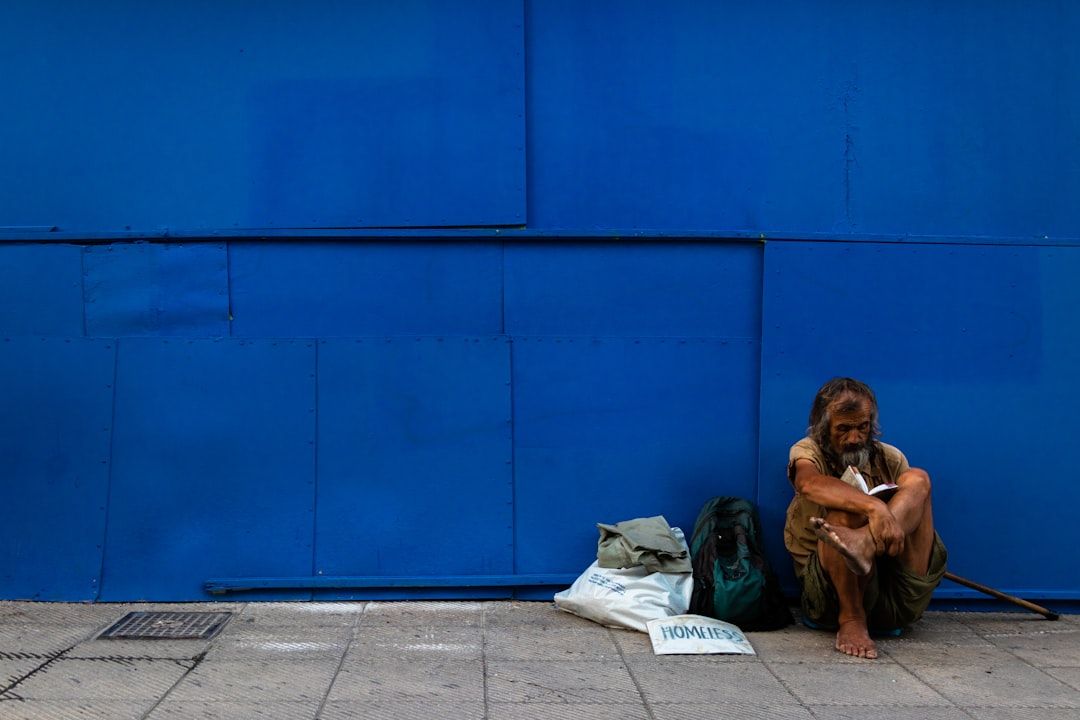What is it about?
This typological account of the urban morphology of shopping presents a genealogy of urban retail types from traditional markets, streets and plazas through various adaptations and mutations into the contemporary shopping mall and power centre. It shows an increased car-dependency, privatized and centralized control, and disintegration from urban life.
Featured Image
Why is it important?
Many cities have been transformed by contemporary retail types that are less walkable, equitable, productive and resilient than those from which they were derived. The challenge lies in the invention of new retail types with potential for re-integration into more resilient forms of urban development.
Read the Original
This page is a summary of: Towards a genealogy of urban shopping: types, adaptations and resilience, Journal of Urban Design, November 2017, Taylor & Francis,
DOI: 10.1080/13574809.2017.1405726.
You can read the full text:
Contributors
The following have contributed to this page










